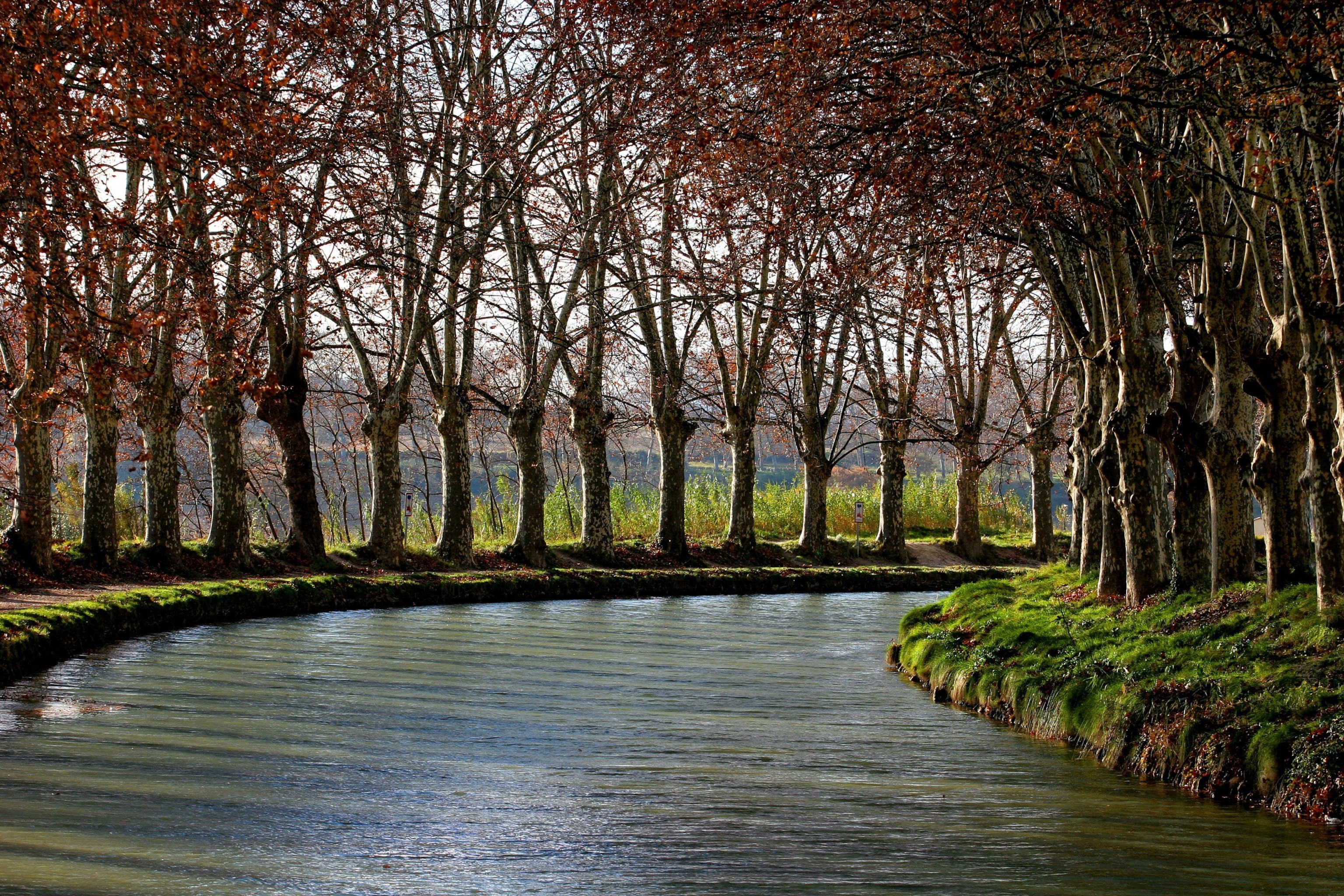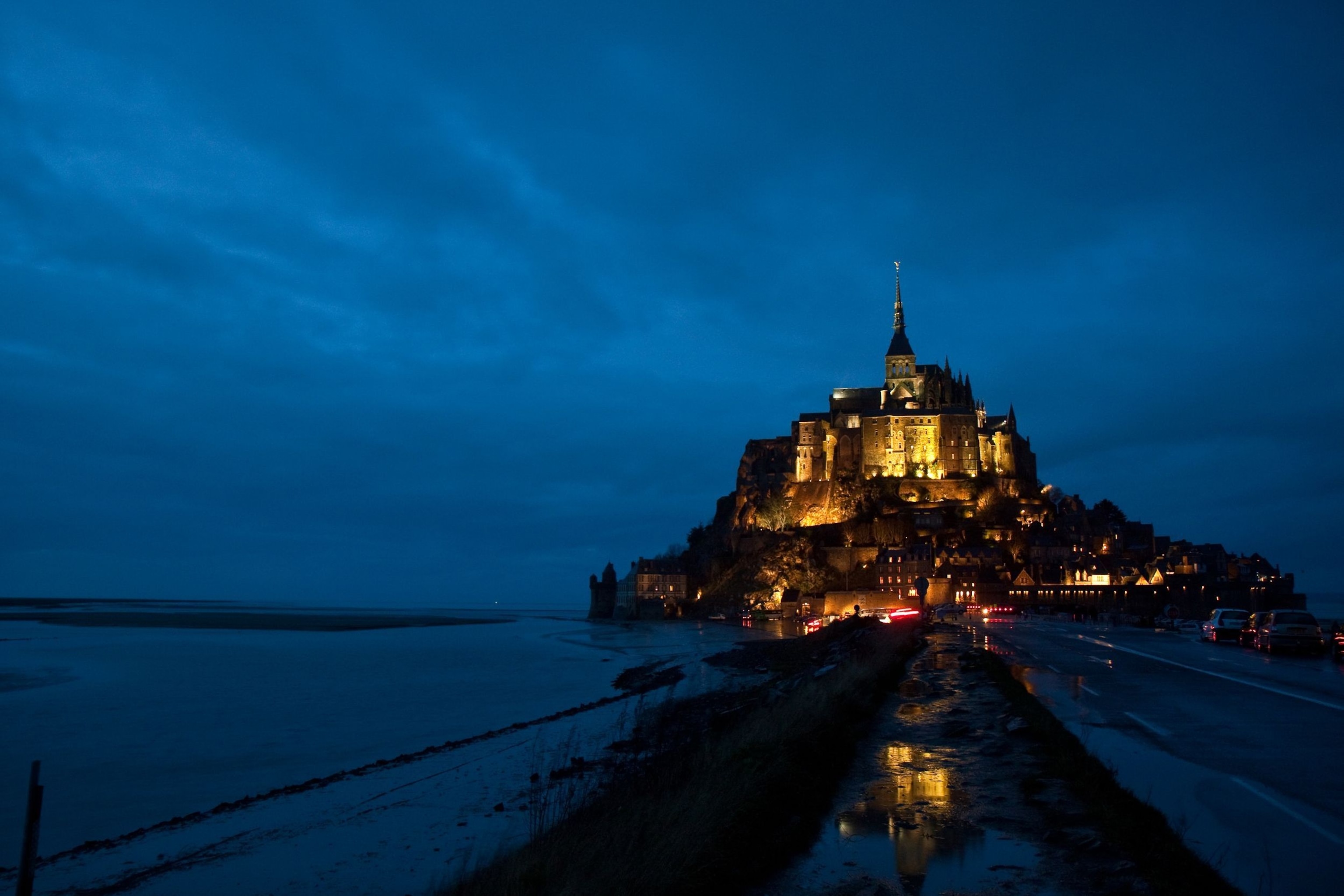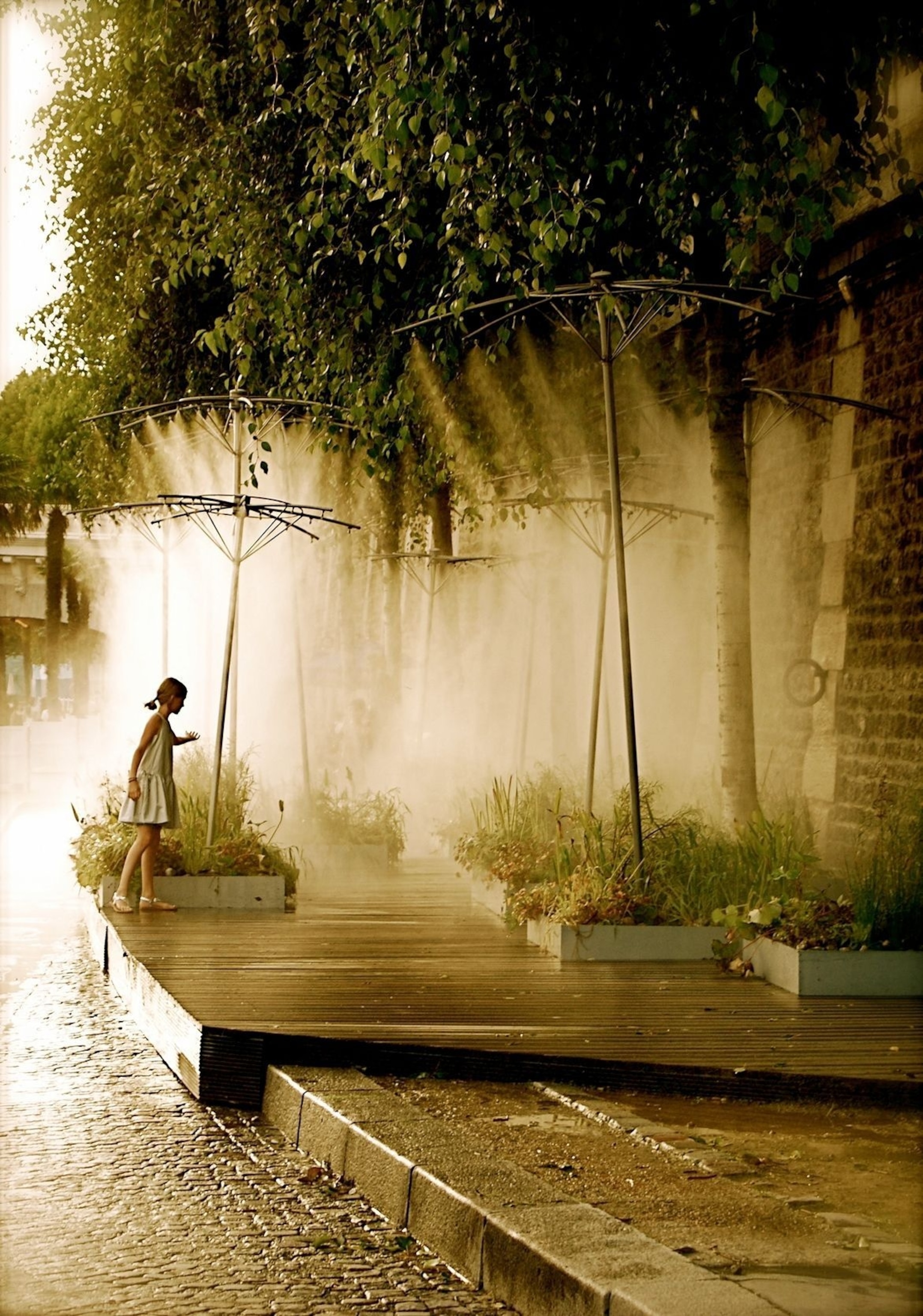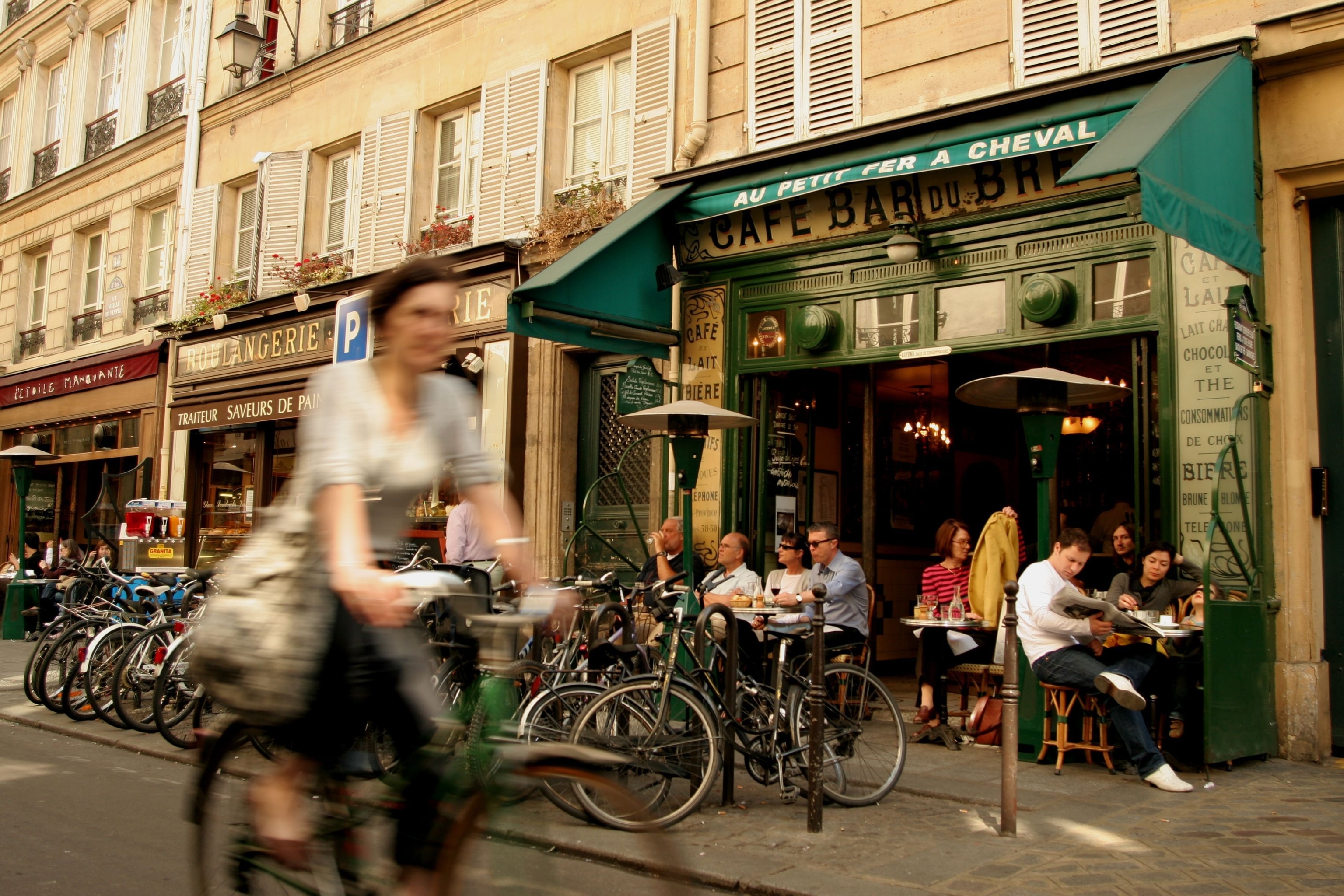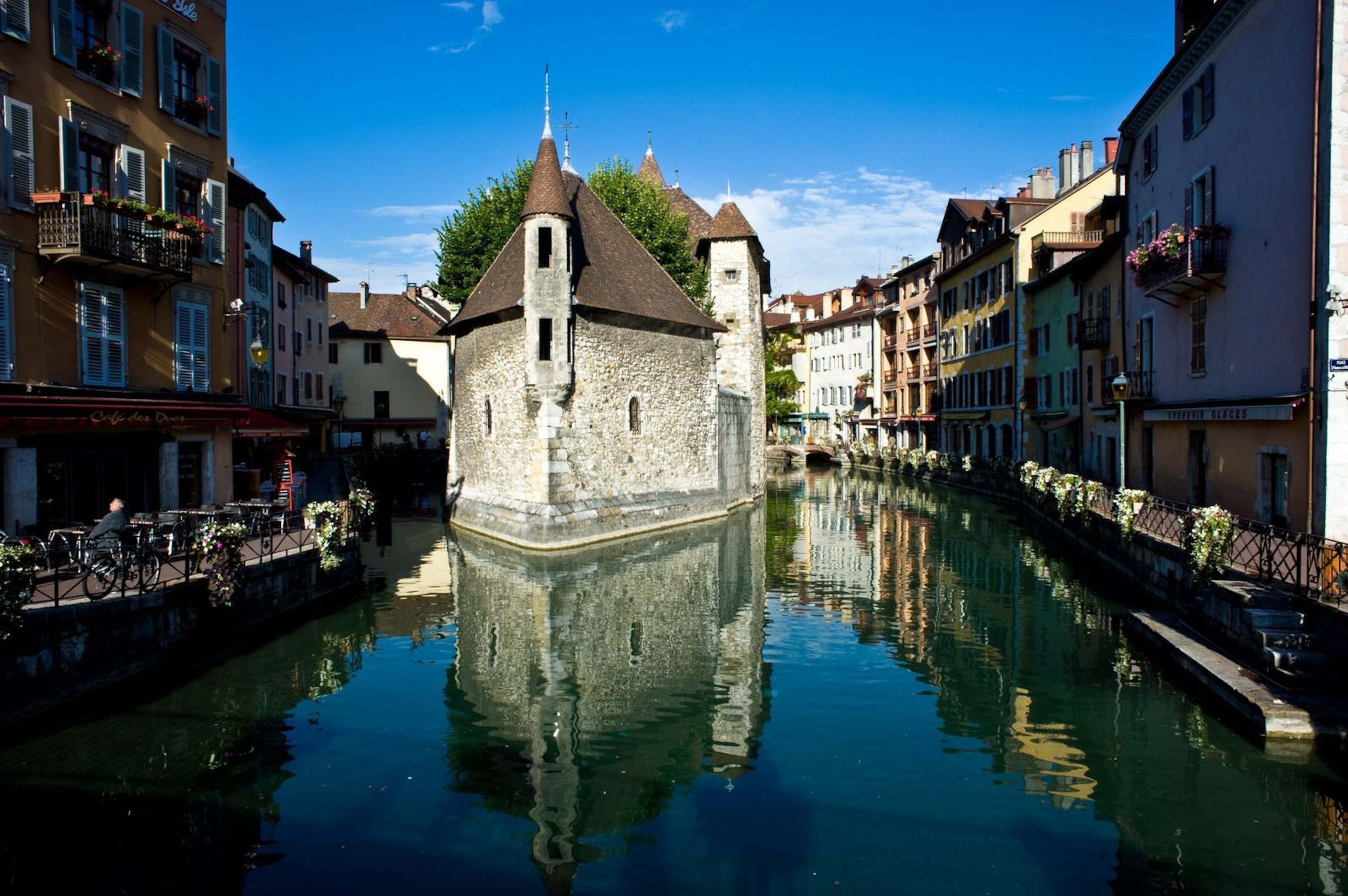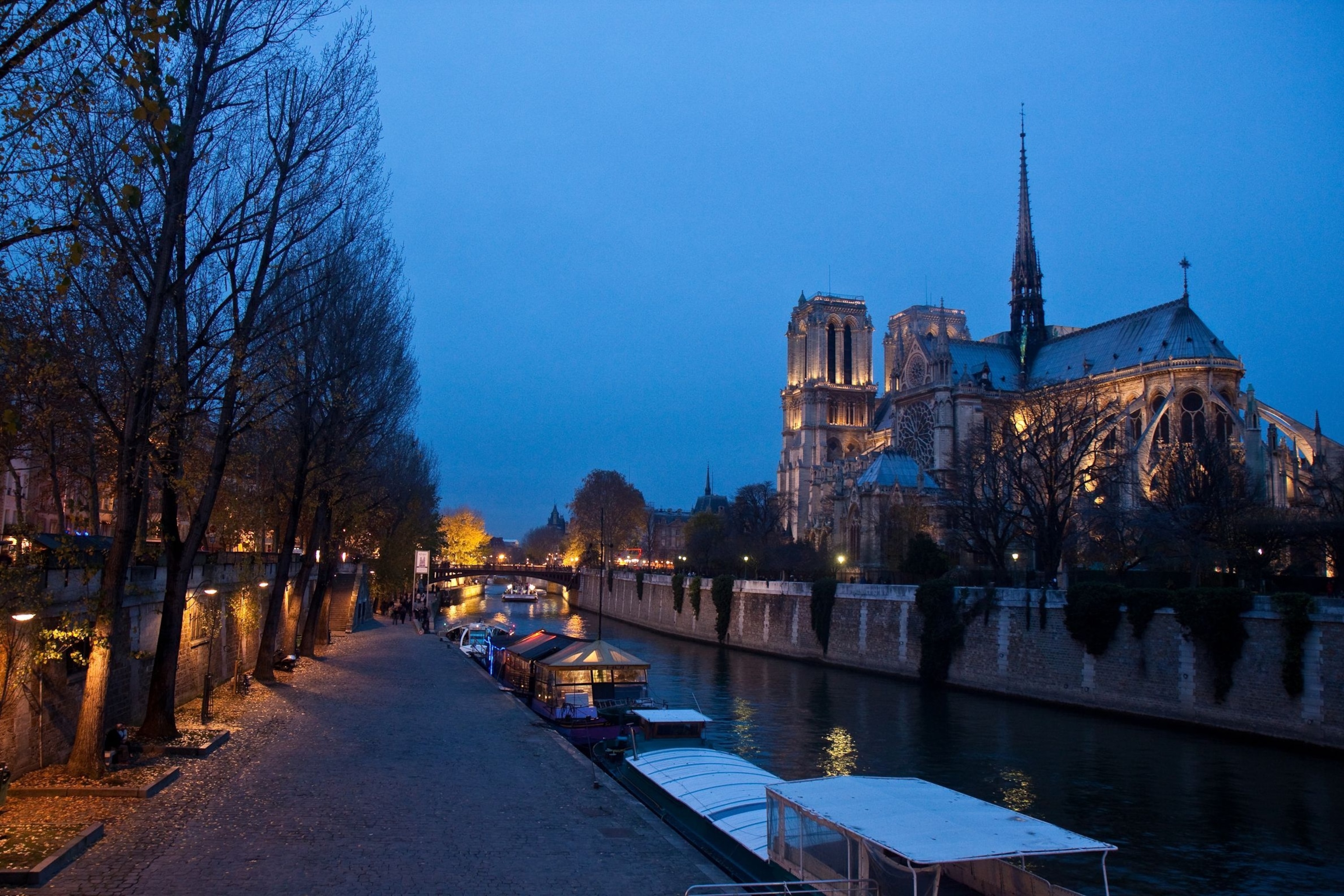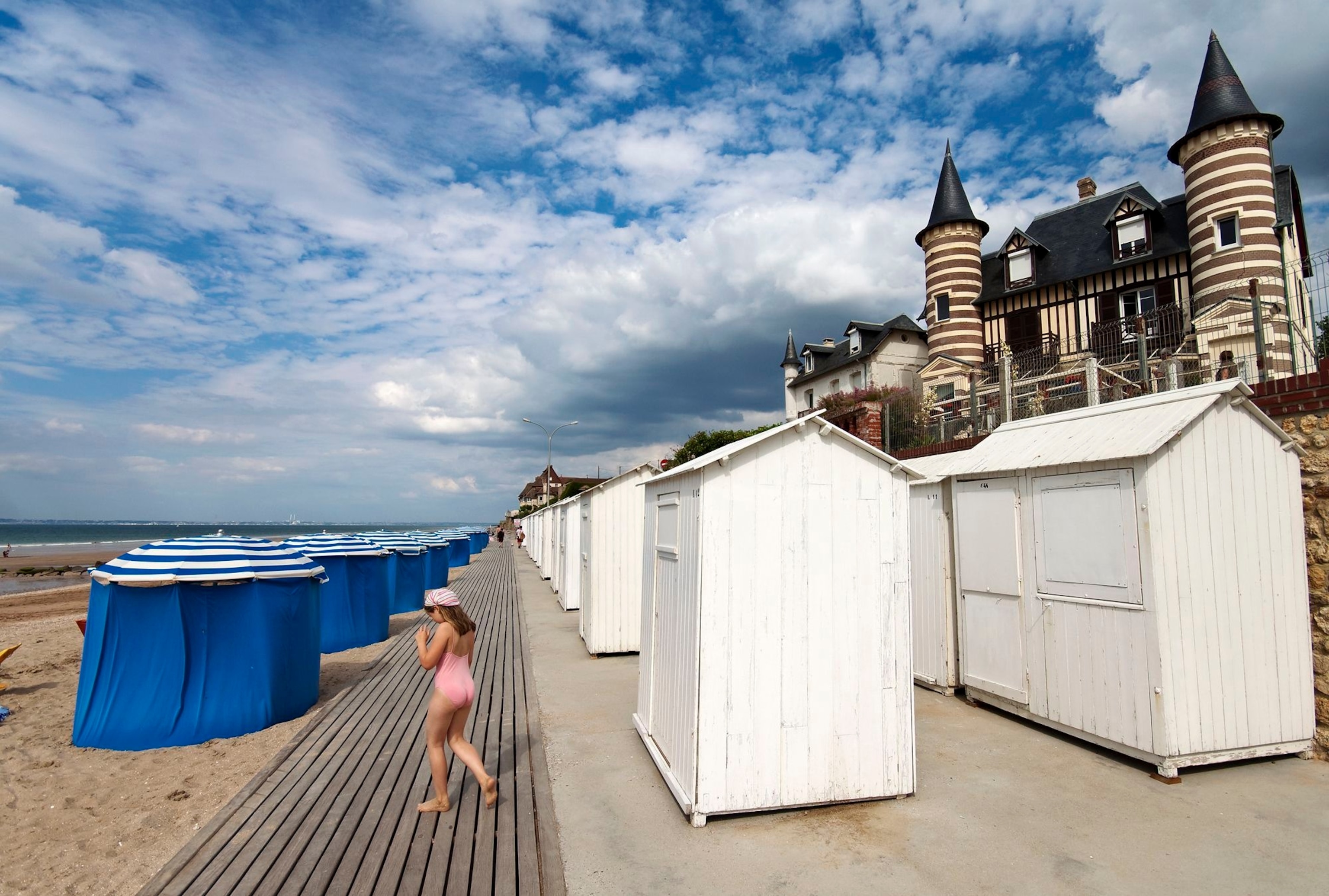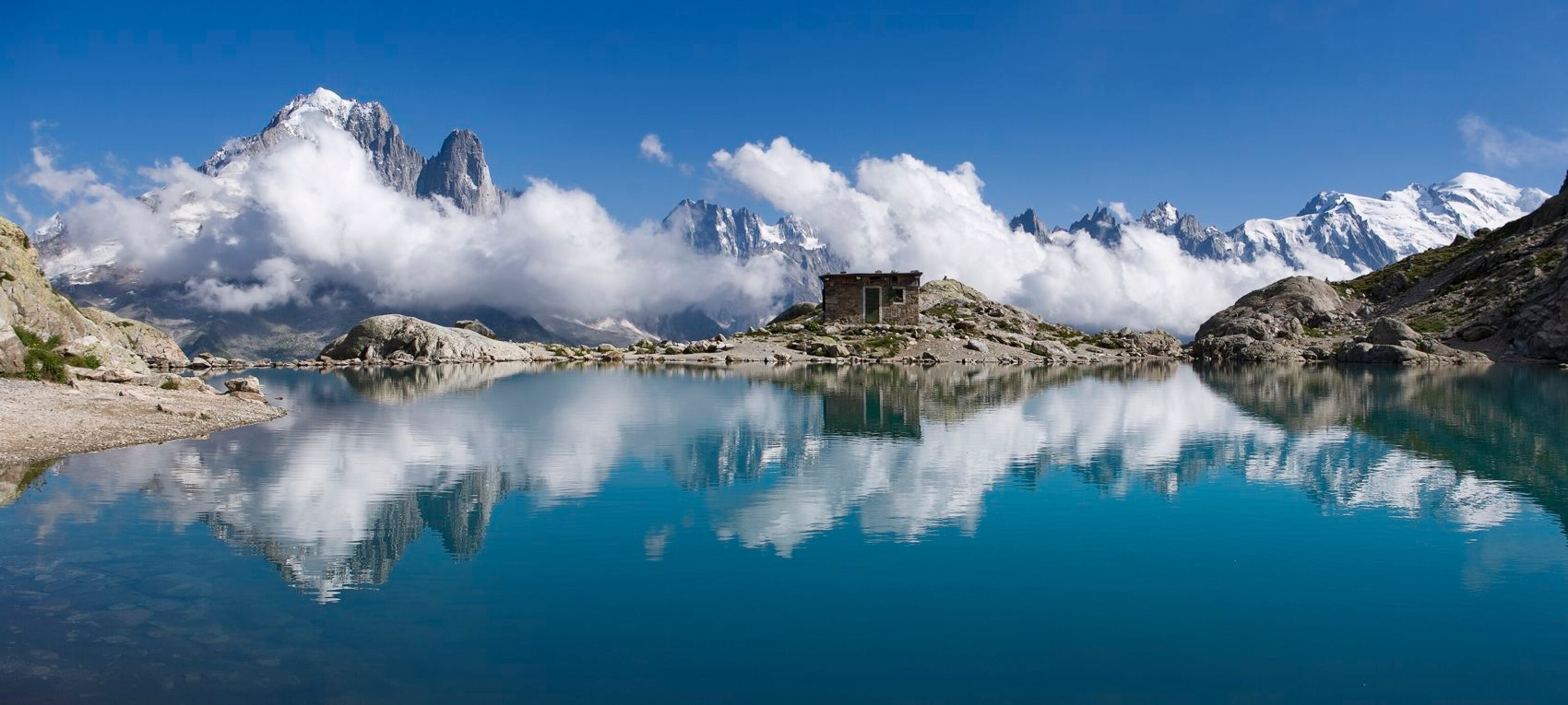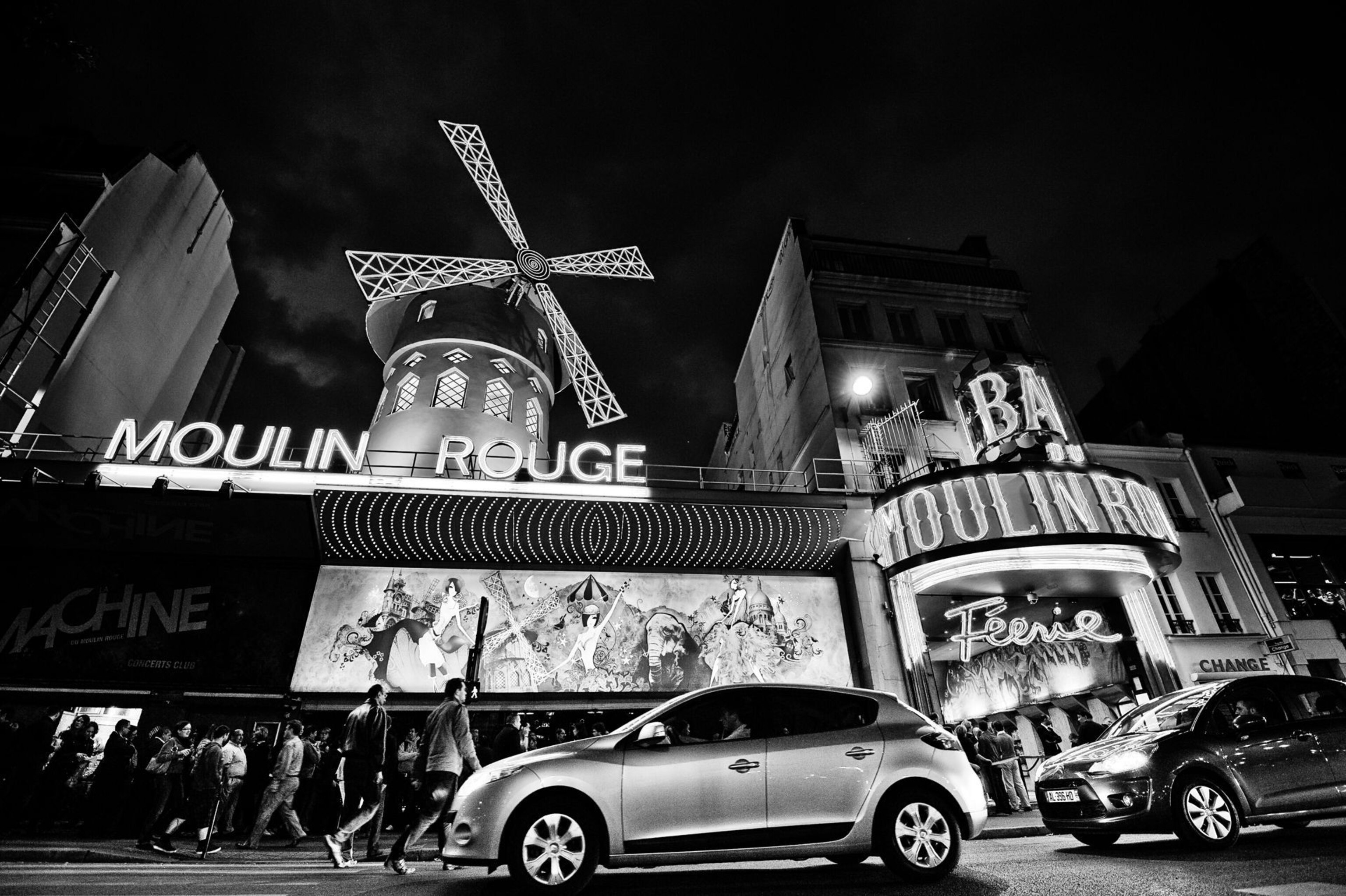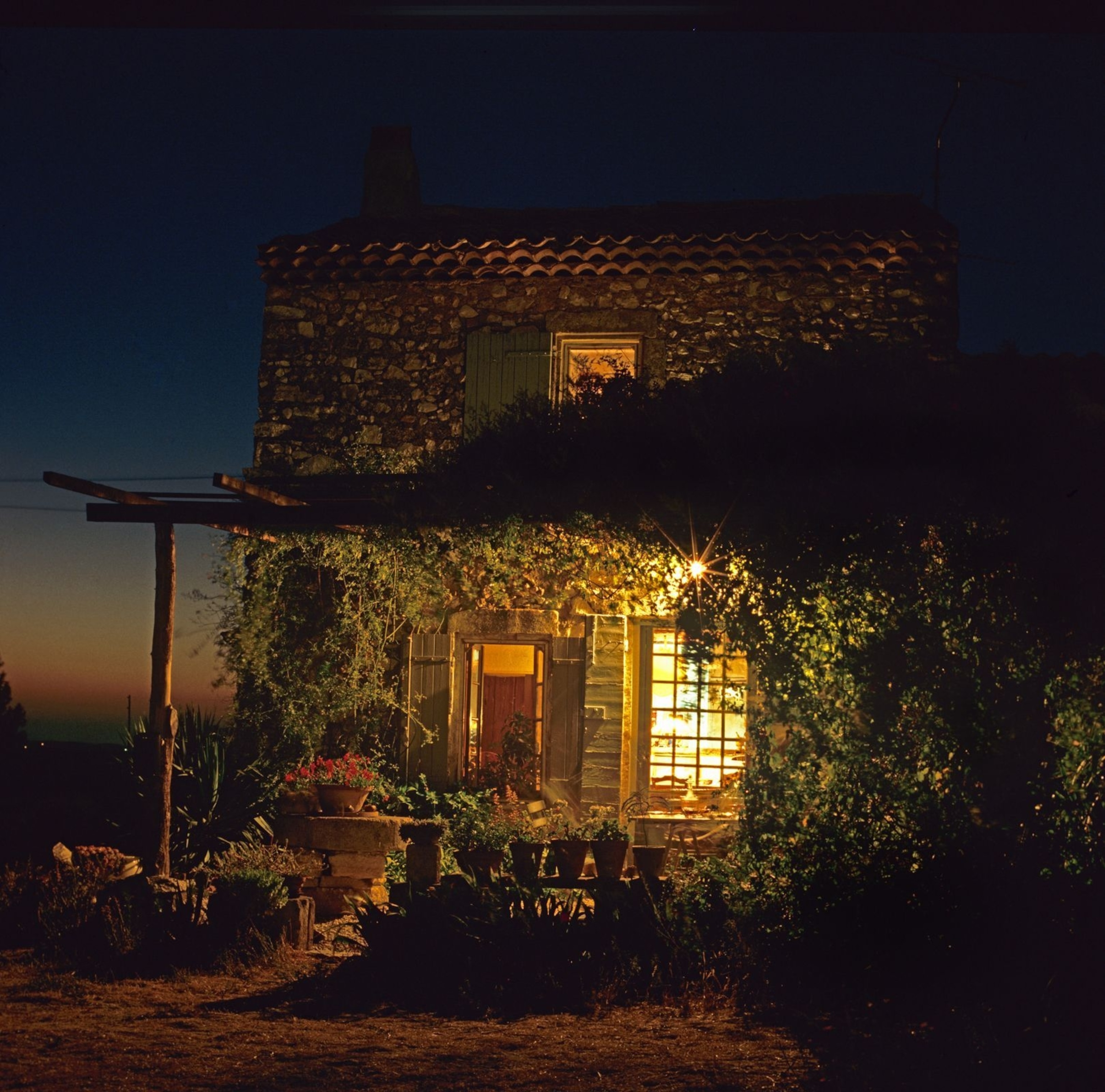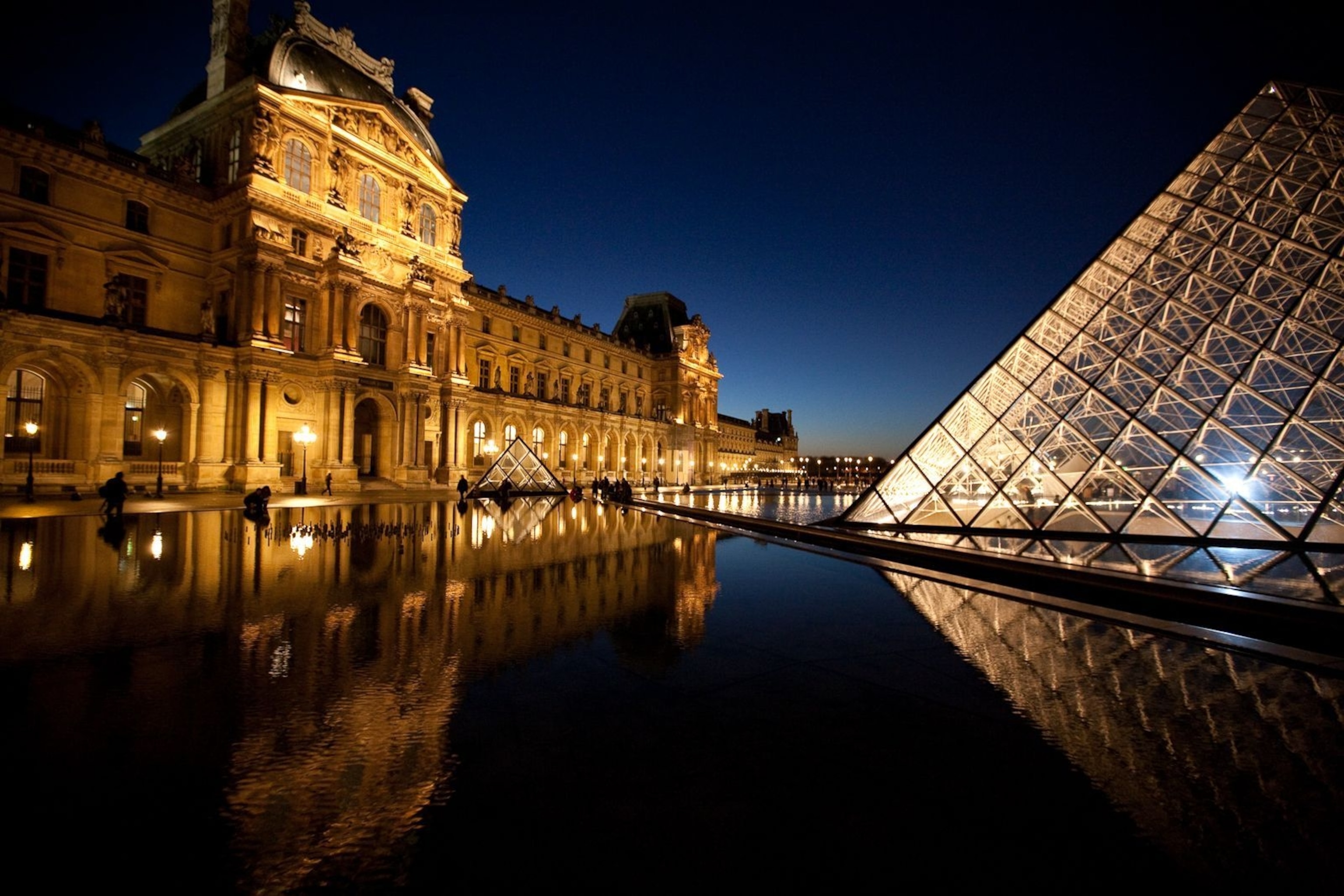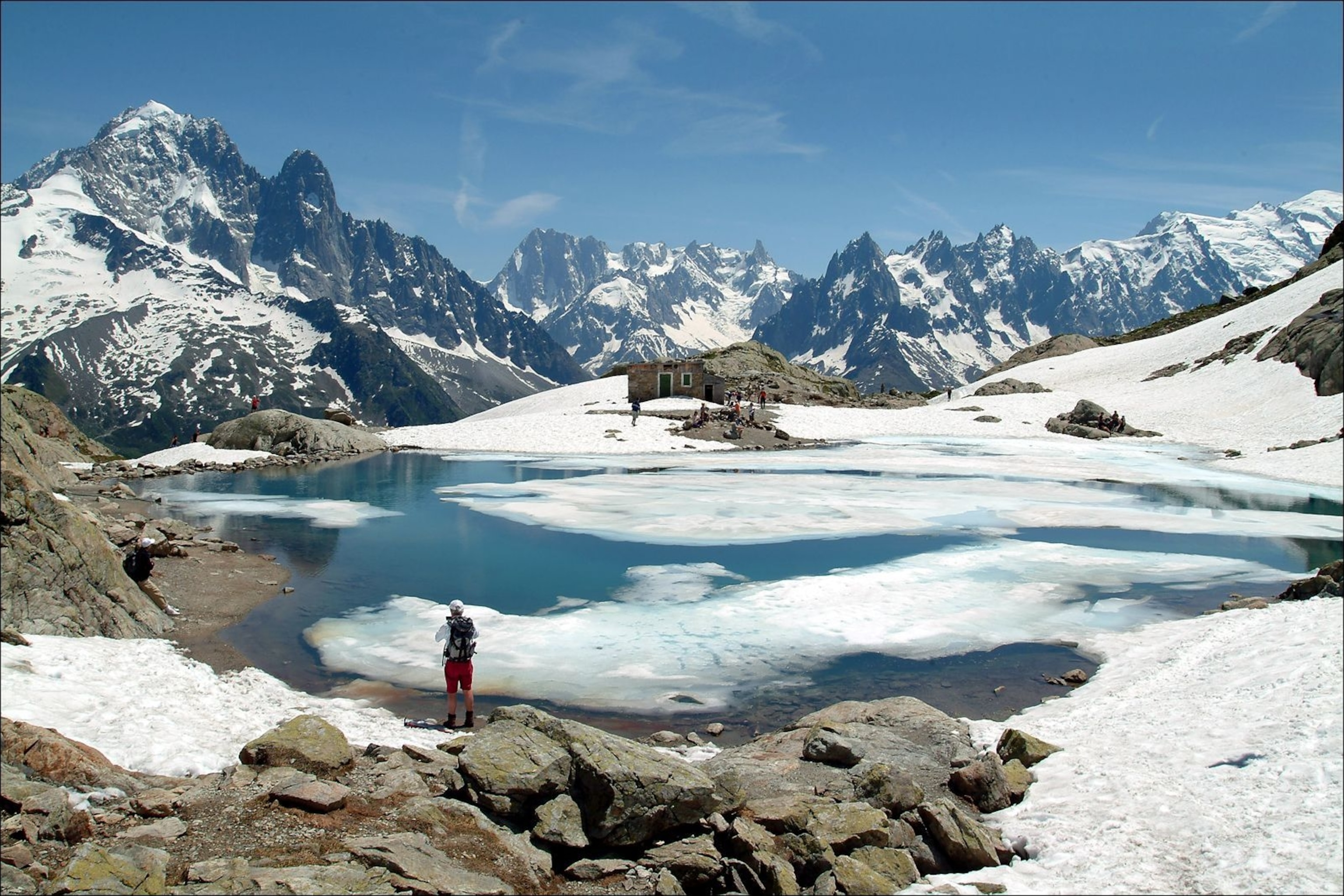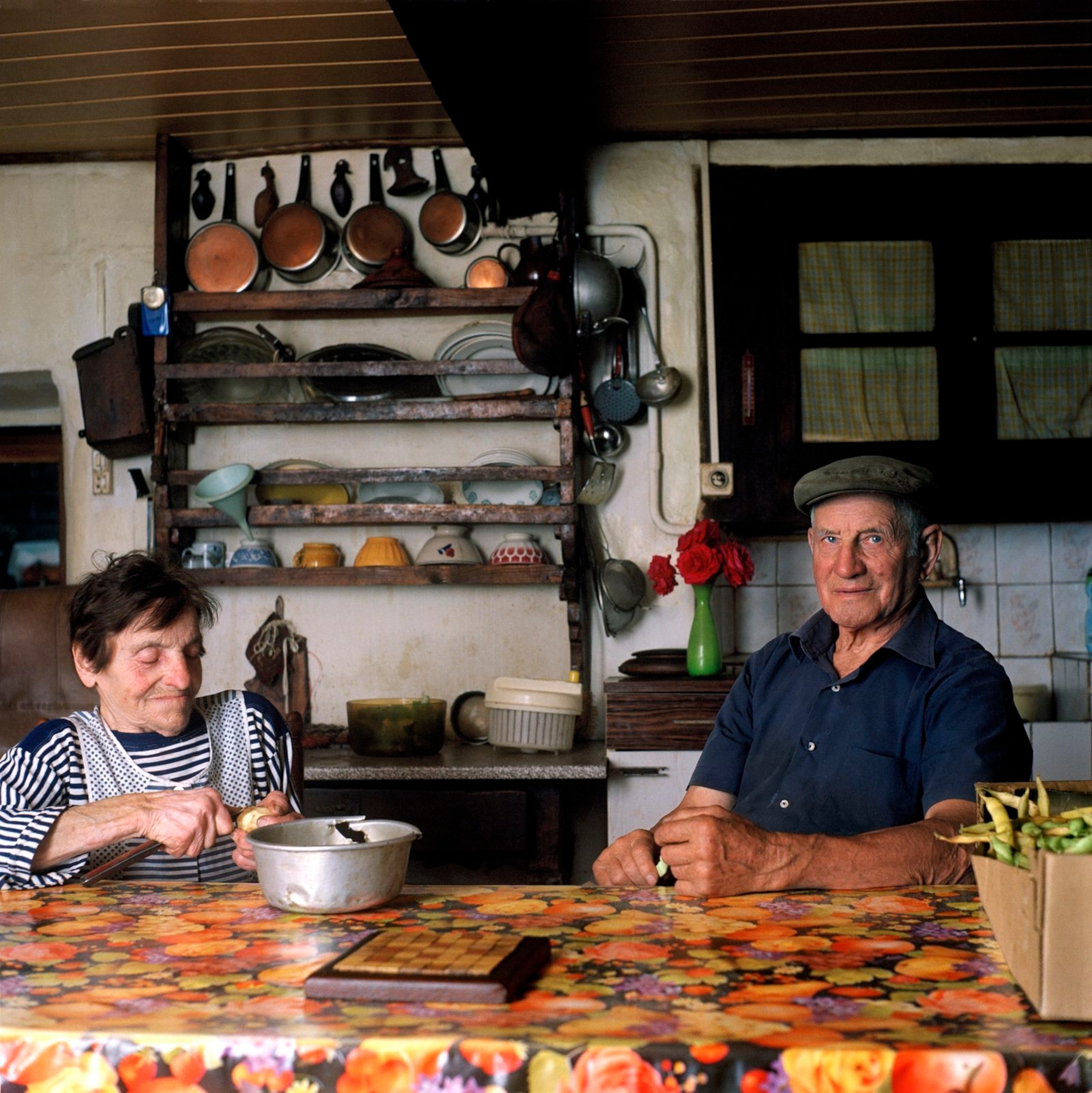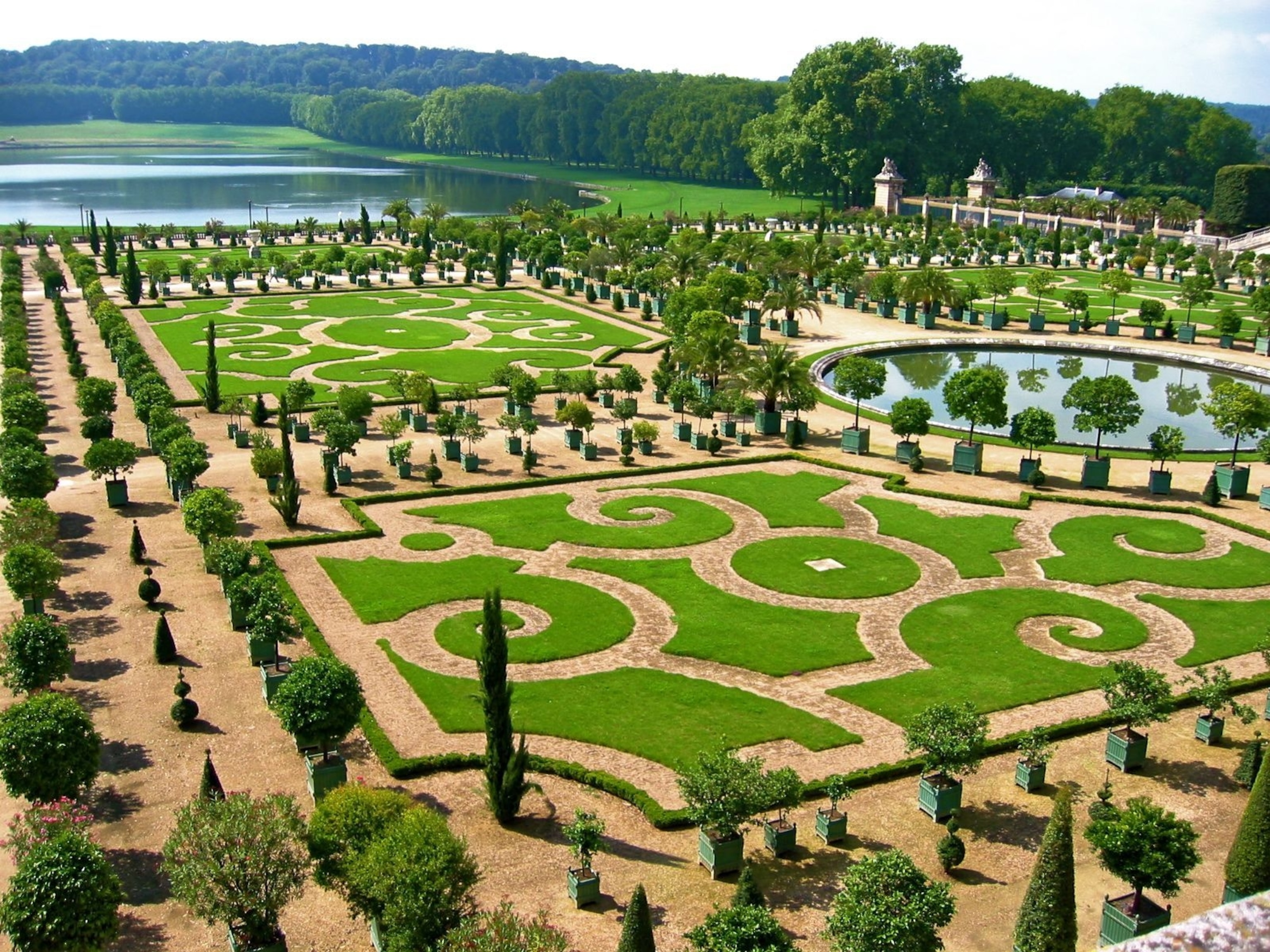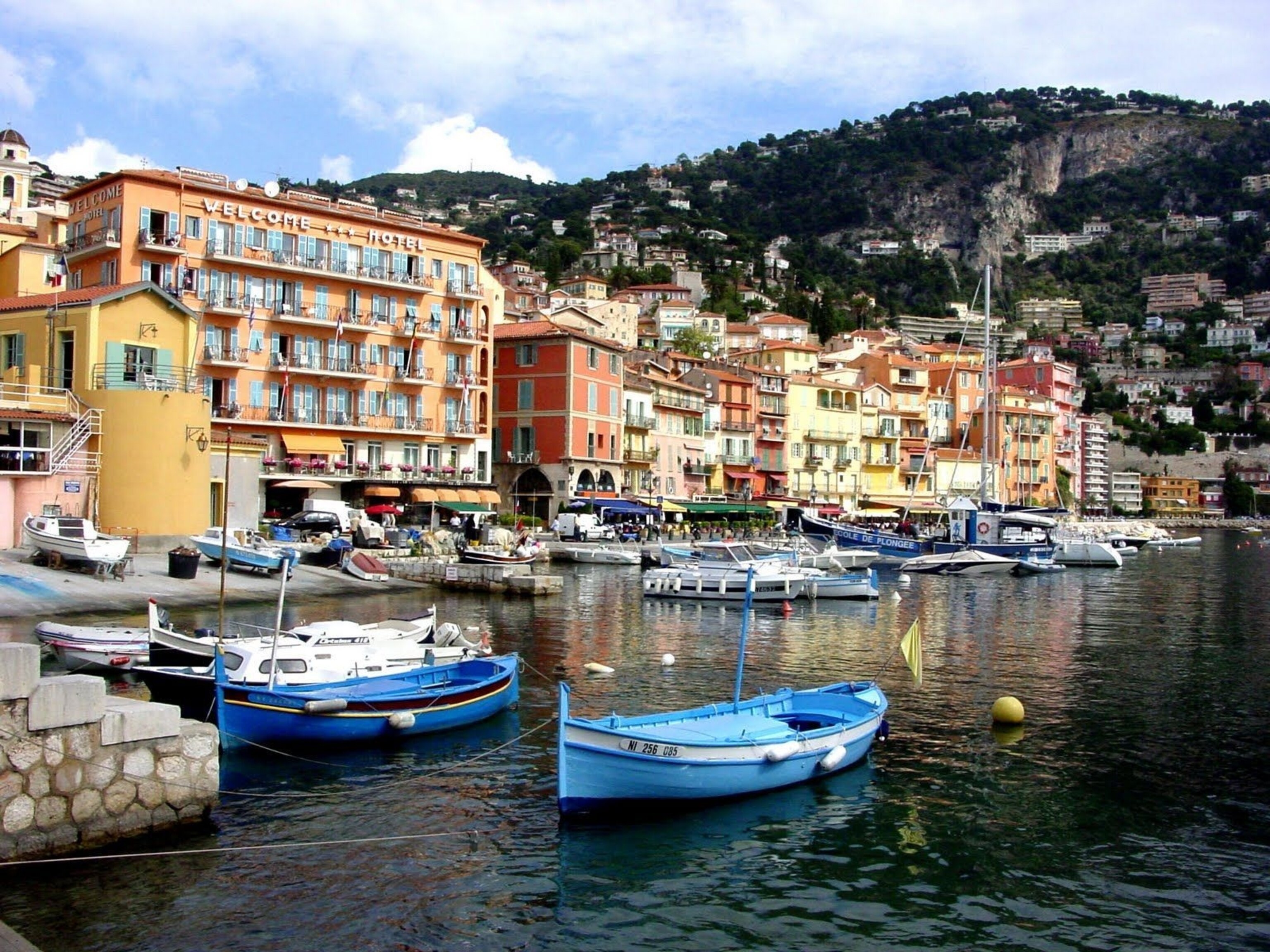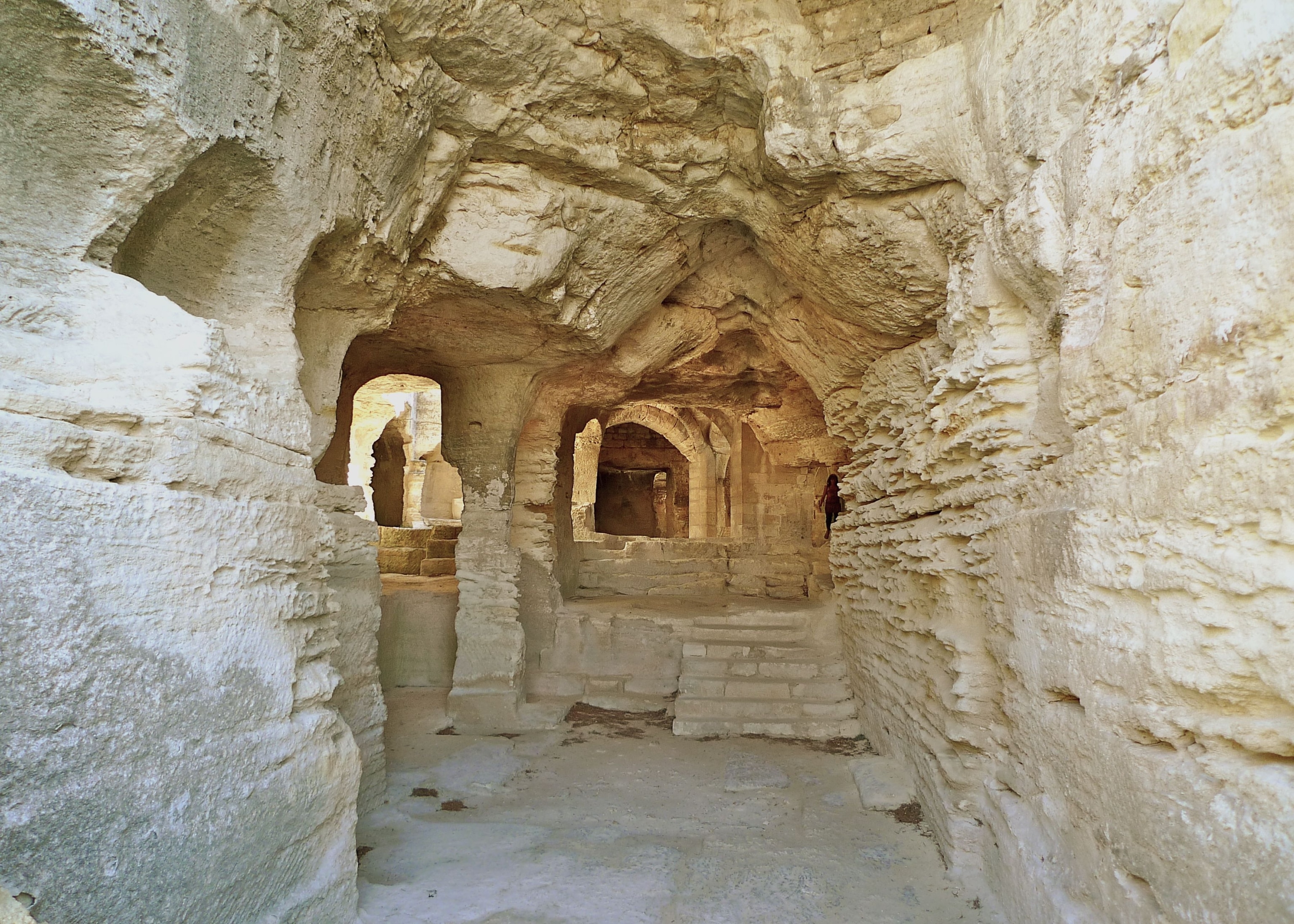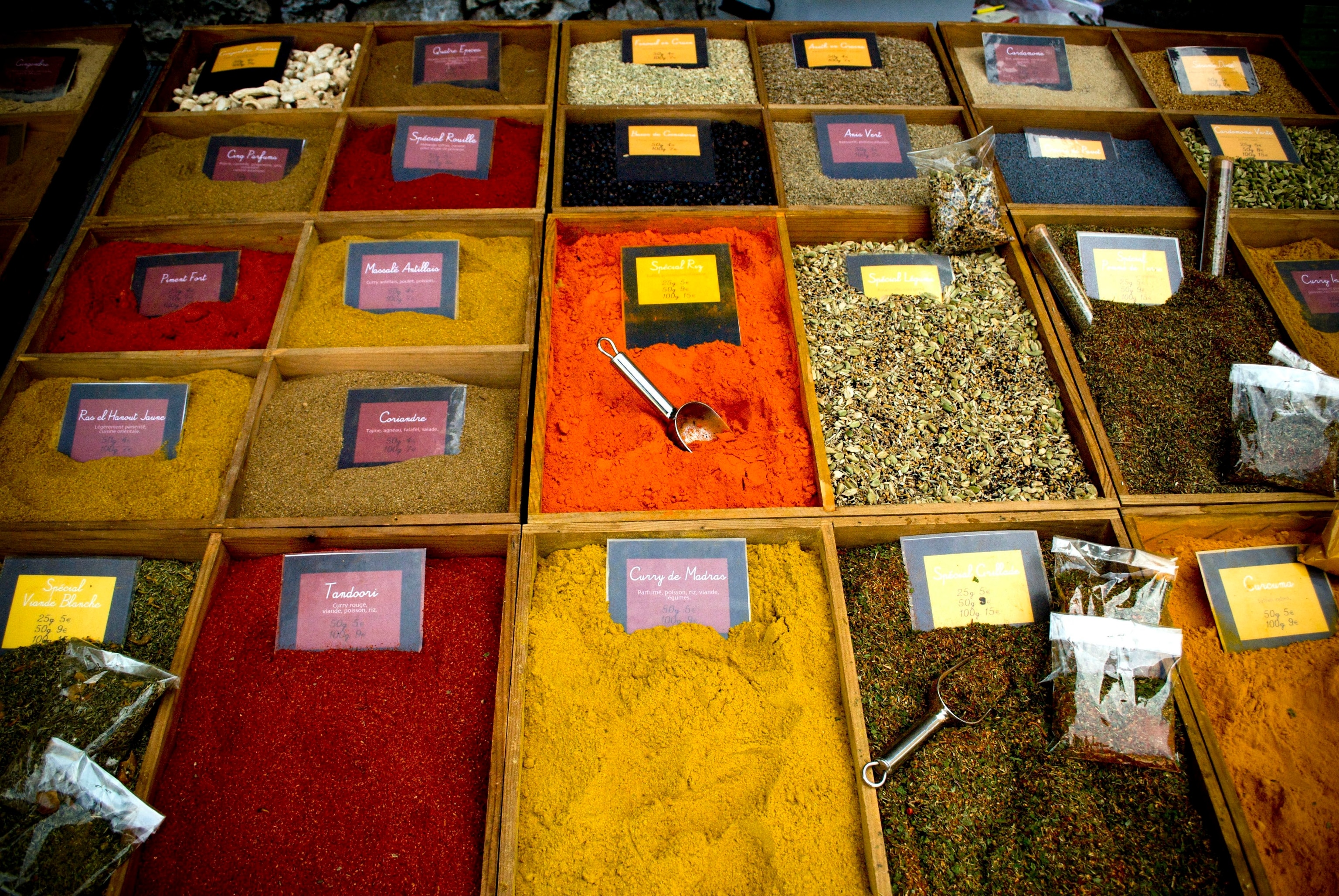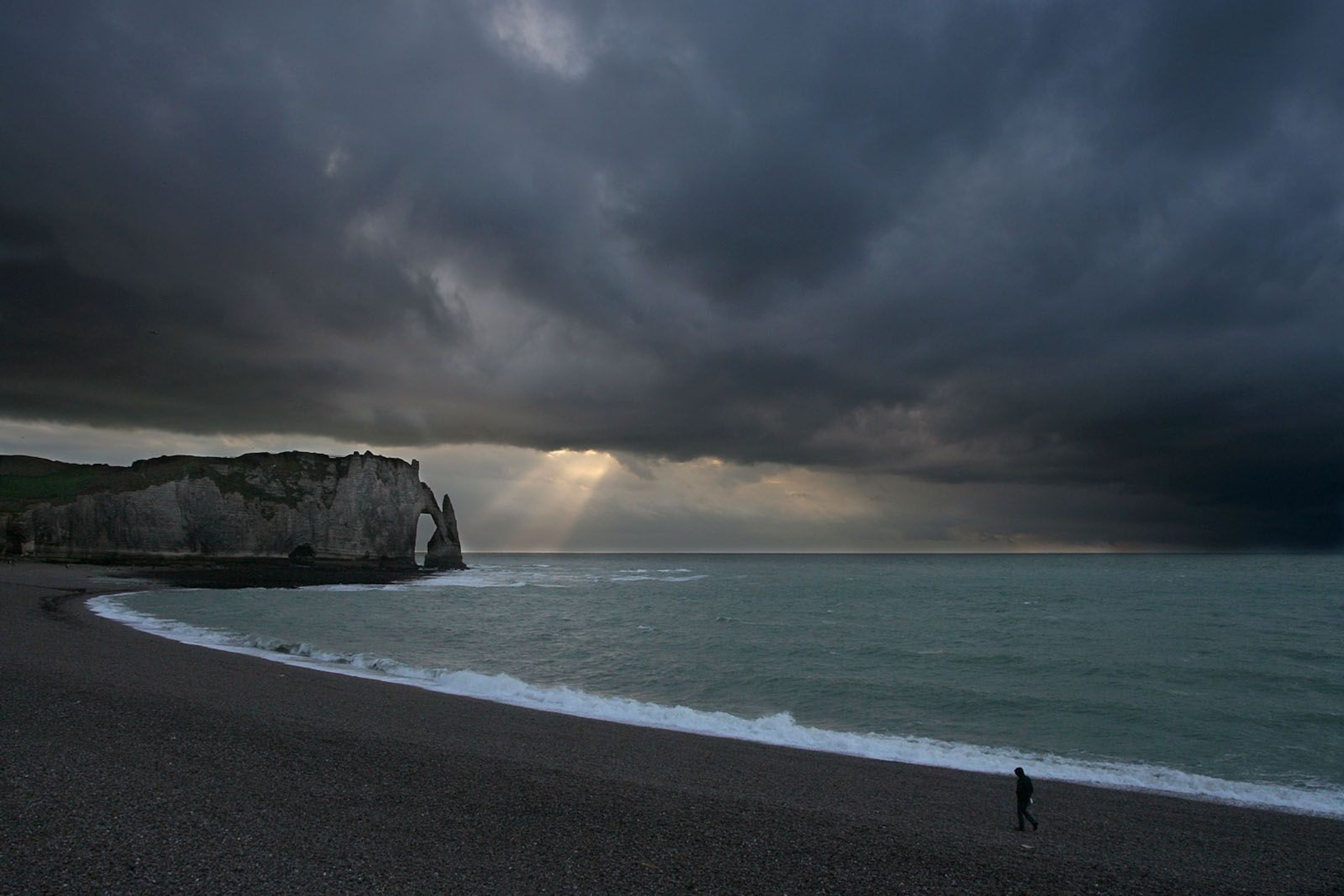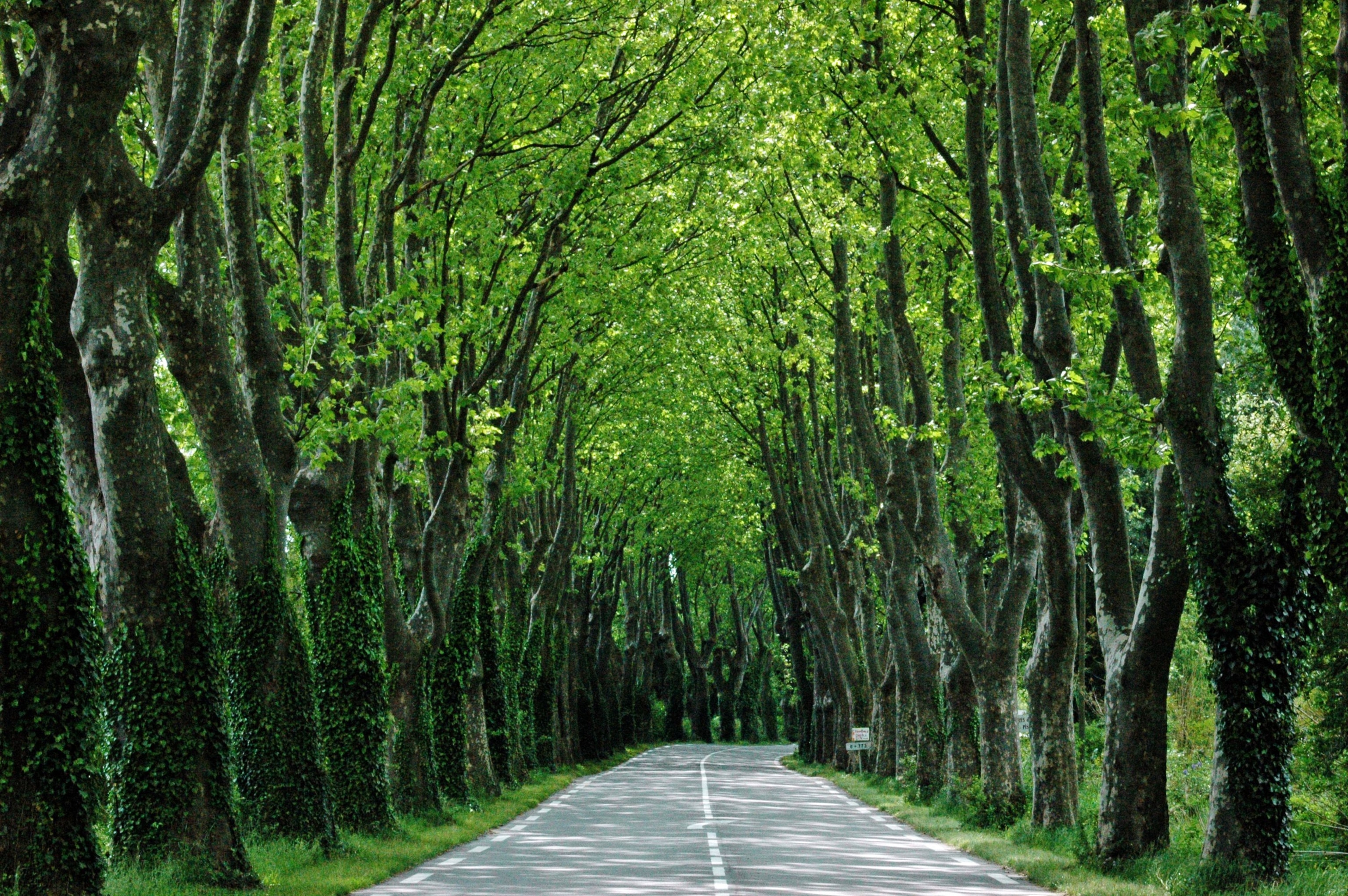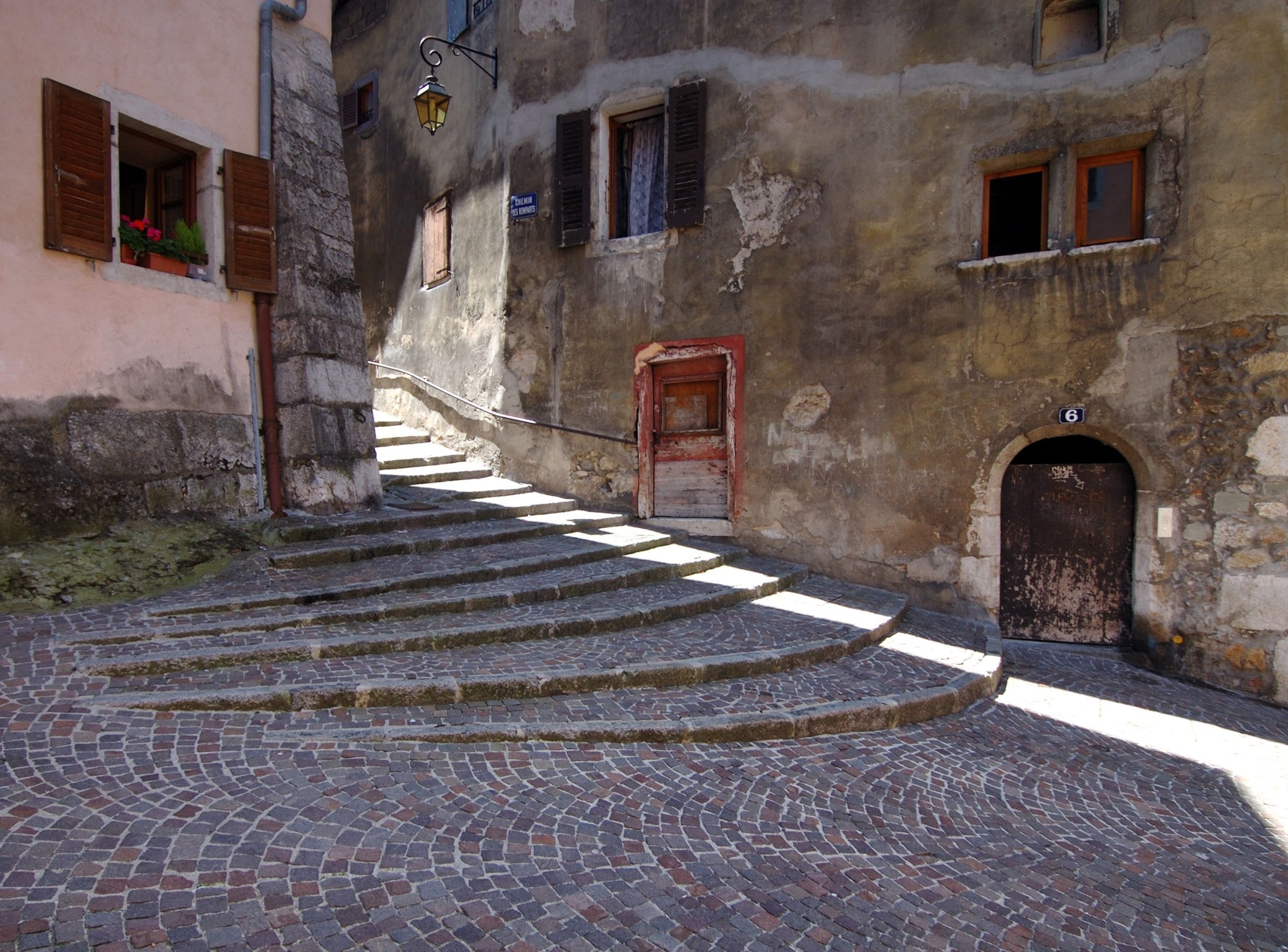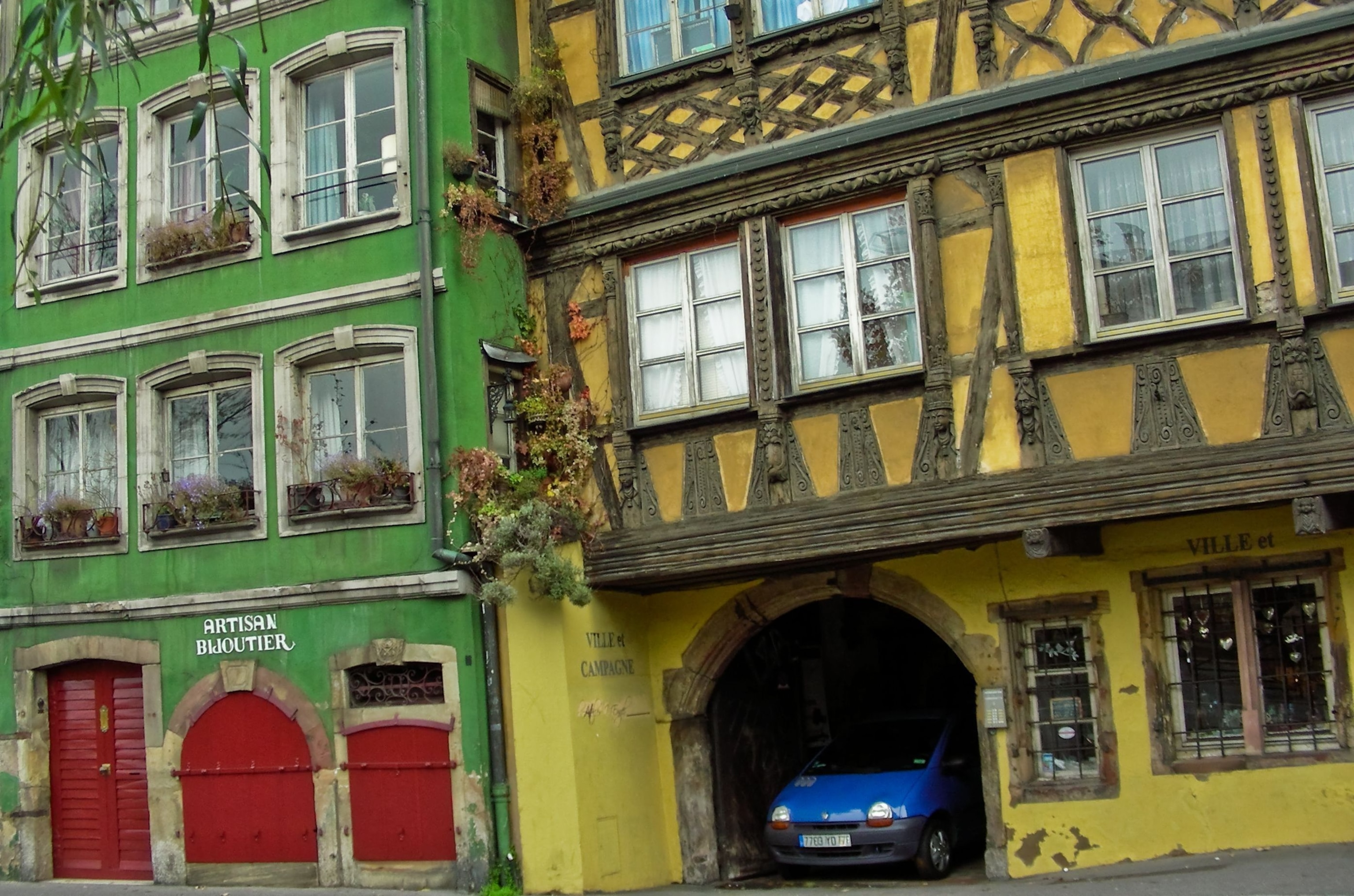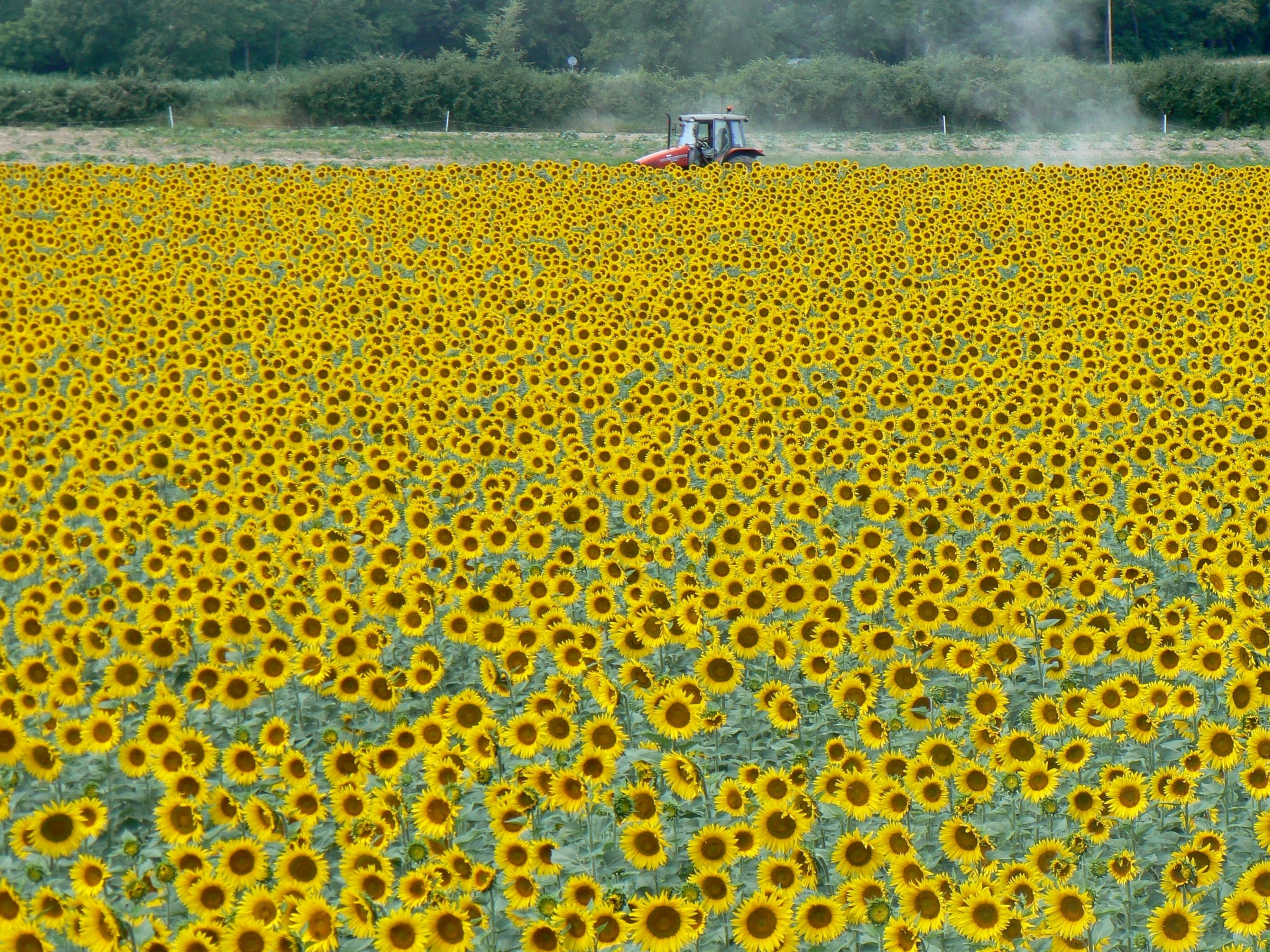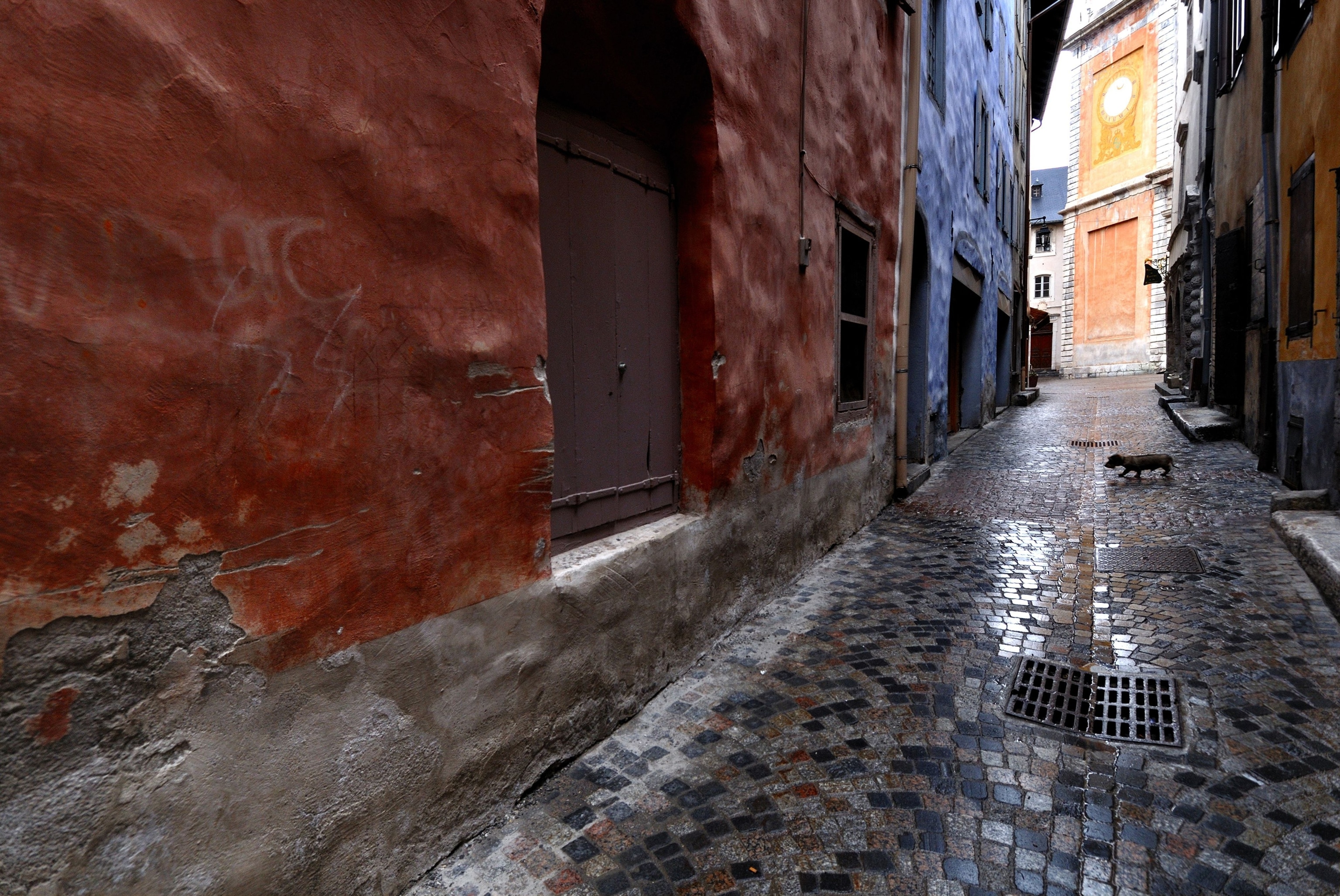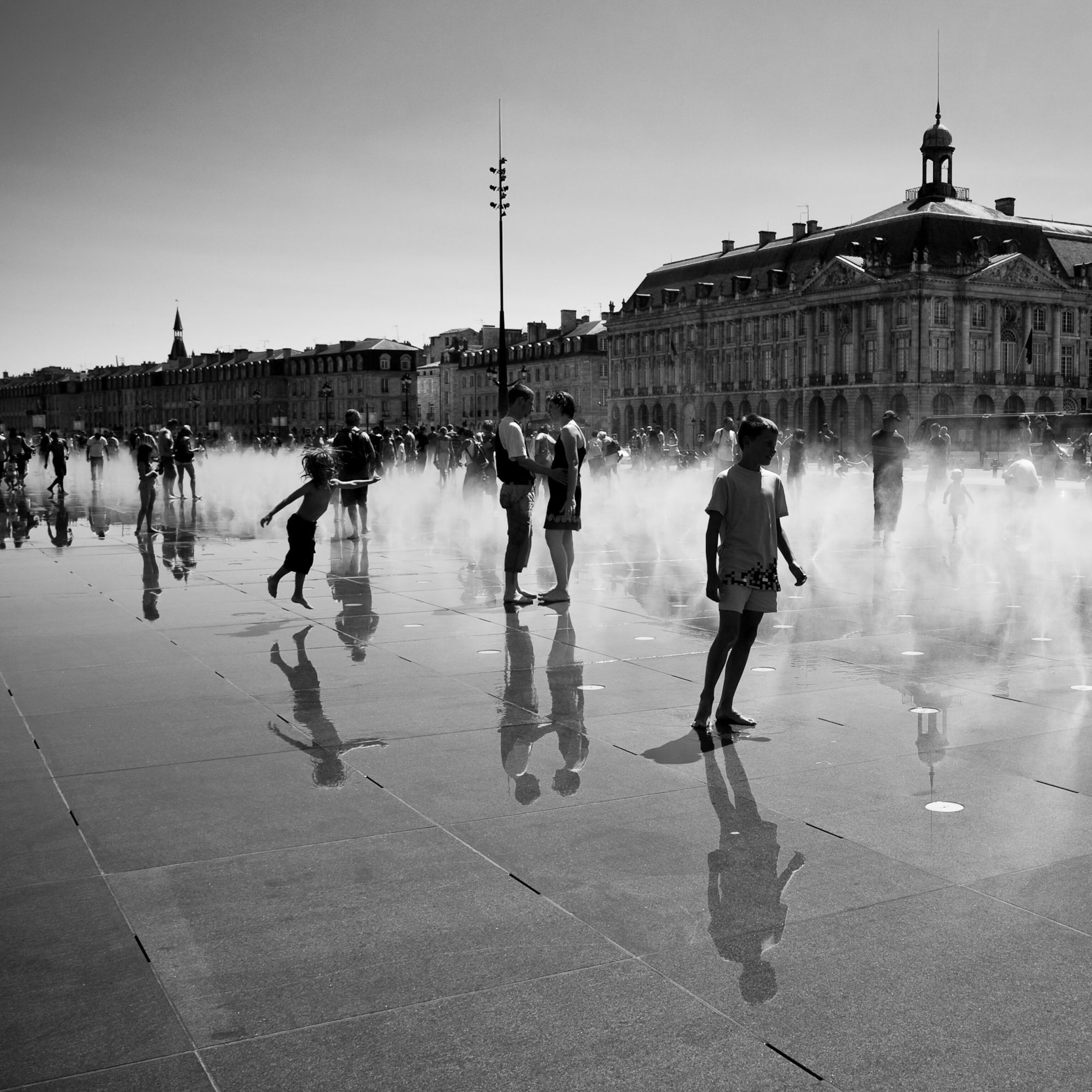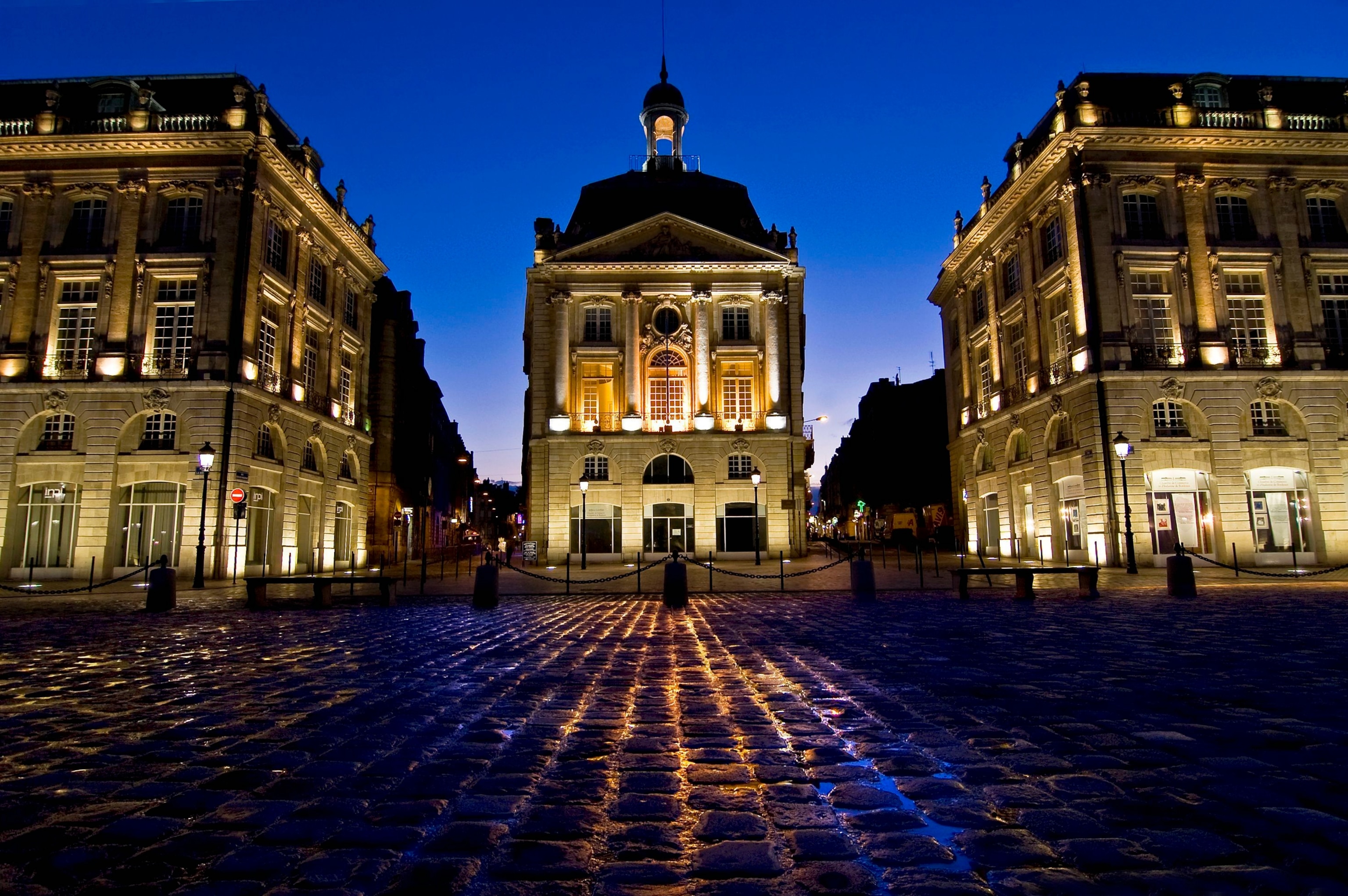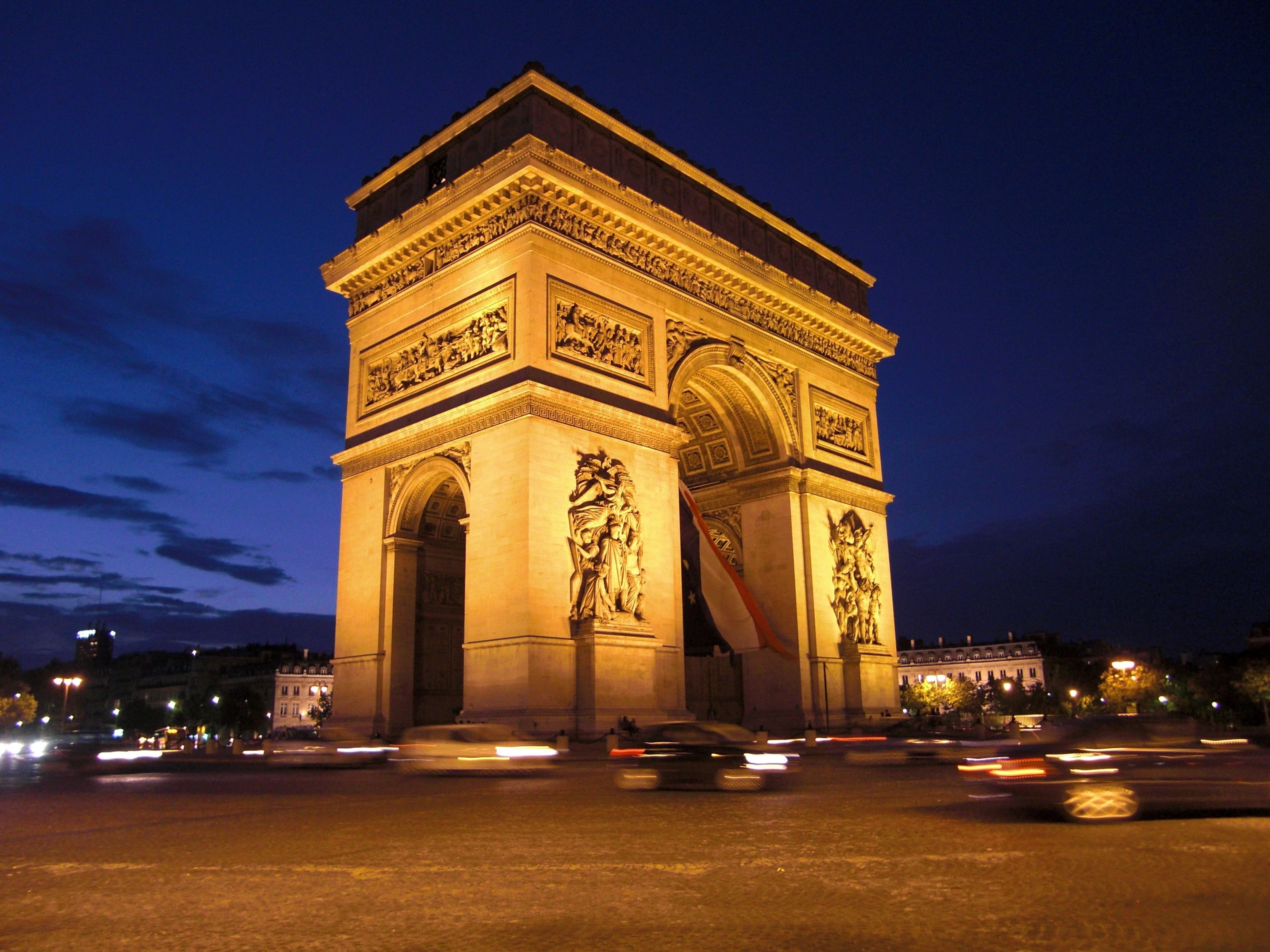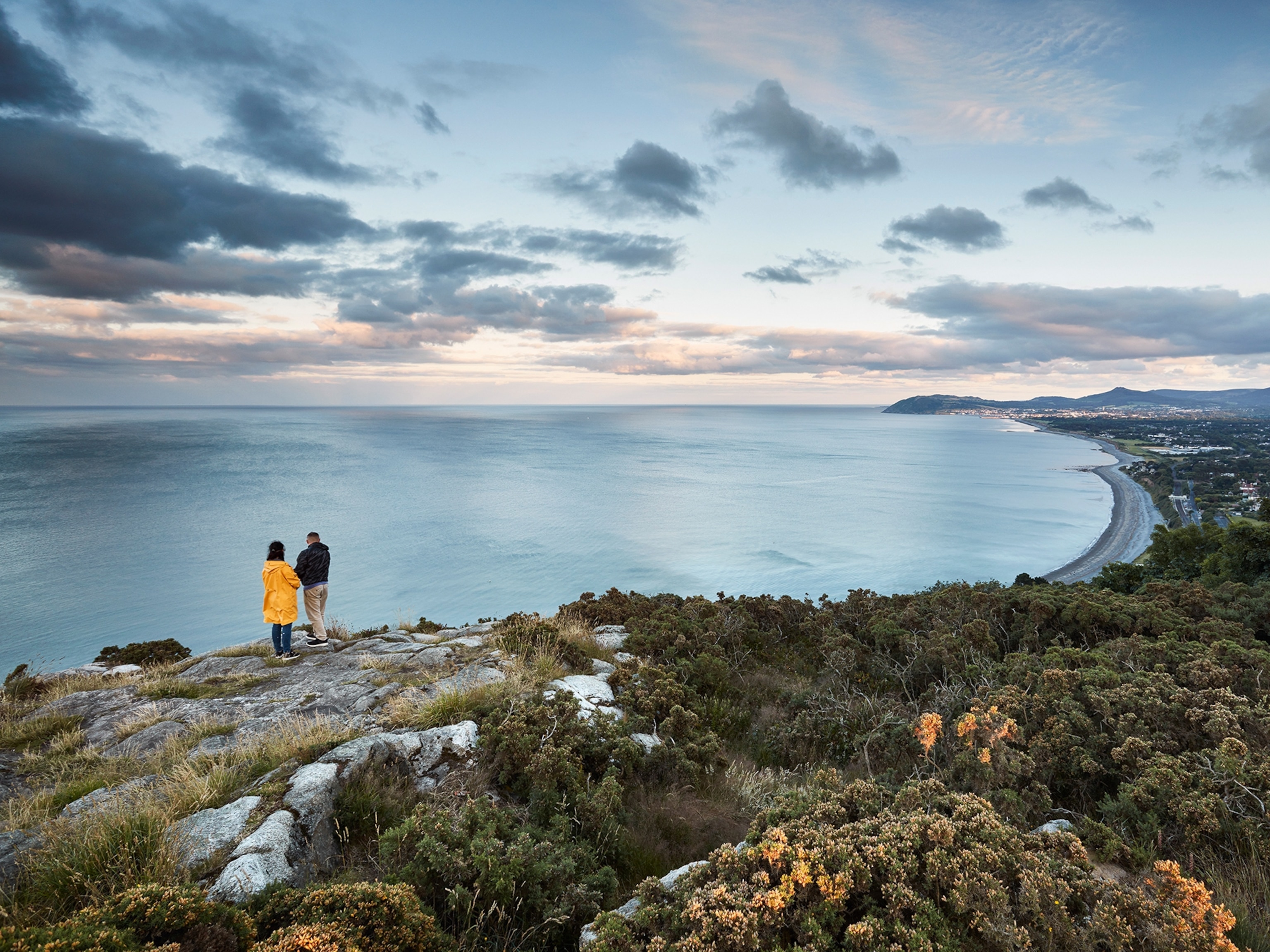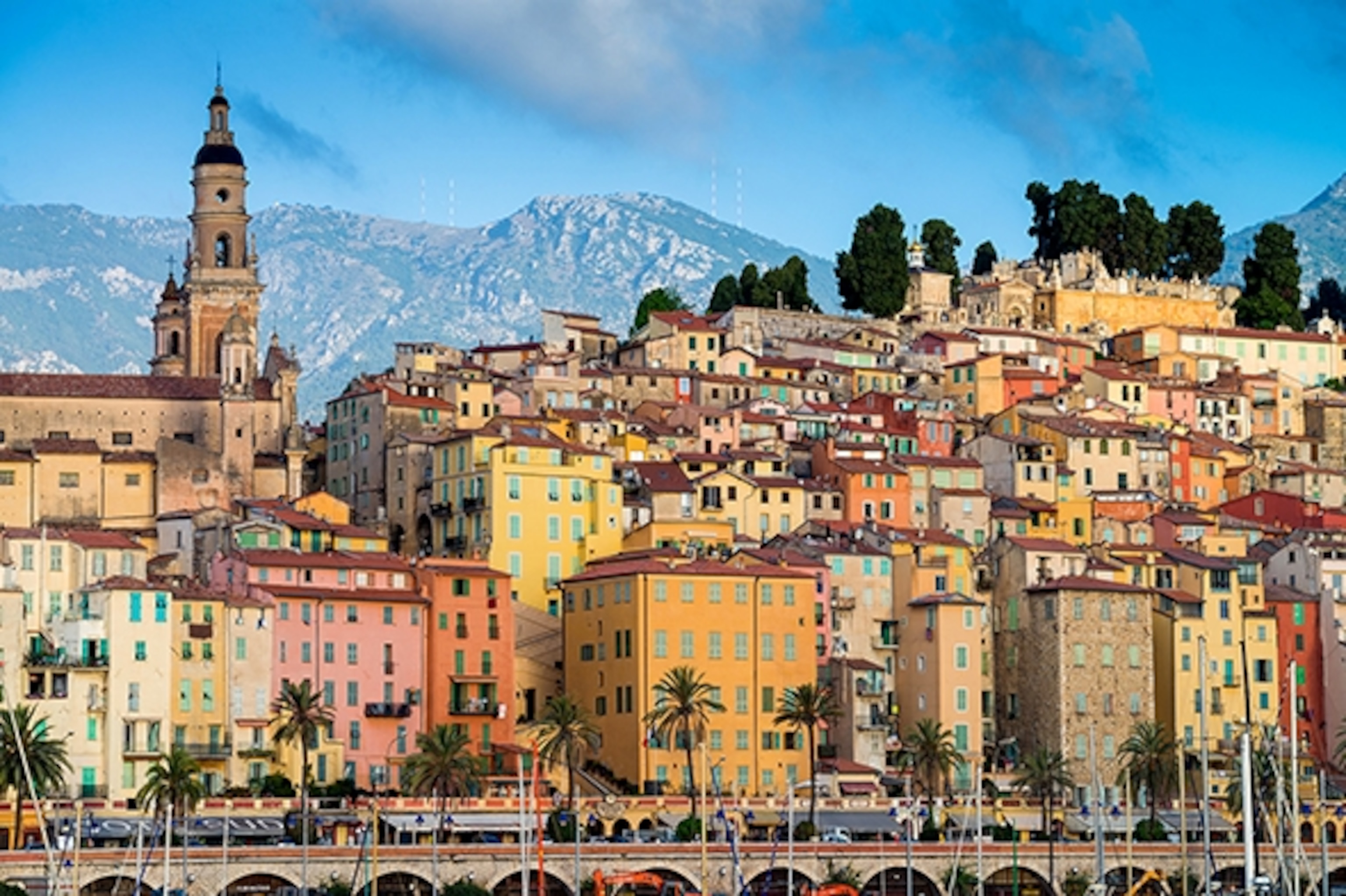
The Pearl of the French Riviera
The exclusive coastal resort town of Menton is said to be the warmest on the French Riviera. That means lemon trees love it here, and visitors can enjoy its late winter Fête du citron, when temperatures average in the comfortable 50s°F (10°-15°C).
It’s the festival saluting the yellow citrus fruit, not the weather or even the beautiful, hill-edged setting, that brought Menton its fame and fortune. From February to early March, the normally sedate parks and squares become a carnival of citrus, filled with outlandish sculptures made almost entirely of oranges and lemons—enormous amuse yeux, if you will.
Some 145 tons (132 tonnes) of the fruits are carted in and attached to wire frames with half a million rubber bands. You might see a tart, a three-story Eiffel Tower, a mock Taj Mahal, or a juicy, giant Buddha; the theme varies from year to year.
“It’s more local and less touristy than the Nice Carnival,” says Jeanne Oliver, a travel author and blogger who lives on the Riviera. Among the events, the most spectacular is the Corsi des Fruits d’Or (Procession of the Golden Fruit).
This series of Rio-style parade floats trundles along the seaside Promenade du Soleil, complete with thumping music, acrobats, folk groups, and lots of confetti. When it’s all over, the produce that can be salvaged is turned into marmalade and limoncello, the wonderfully tart lemon liqueur.
Road trip!
The winter months, when roads are quiet, are the wisest time to brave the nail-biting 17-mile (30 km) route between Menton and Nice. The winding stretch among the pine-forested Alps that drop vertiginously into the sea is among the world’s most spectacular coastal drives.
- National Geographic Expeditions
The Grande Corniche—the highest and most dangerous of the three parallel roads, built during Napoleon’s reign—climbs to 1,800 feet (550 m) above the Mediterranean.
Scenes of Alfred Hitchcock’s legendary To Catch a Thief were filmed here. Princess Grace of Monaco—costar of the film with Cary Grant—died in a car crash here in 1982, while Princess Stephanie survived. Flowers are laid at the spot.
This article first appeared in the National Geographic book Four Seasons of Travel.
